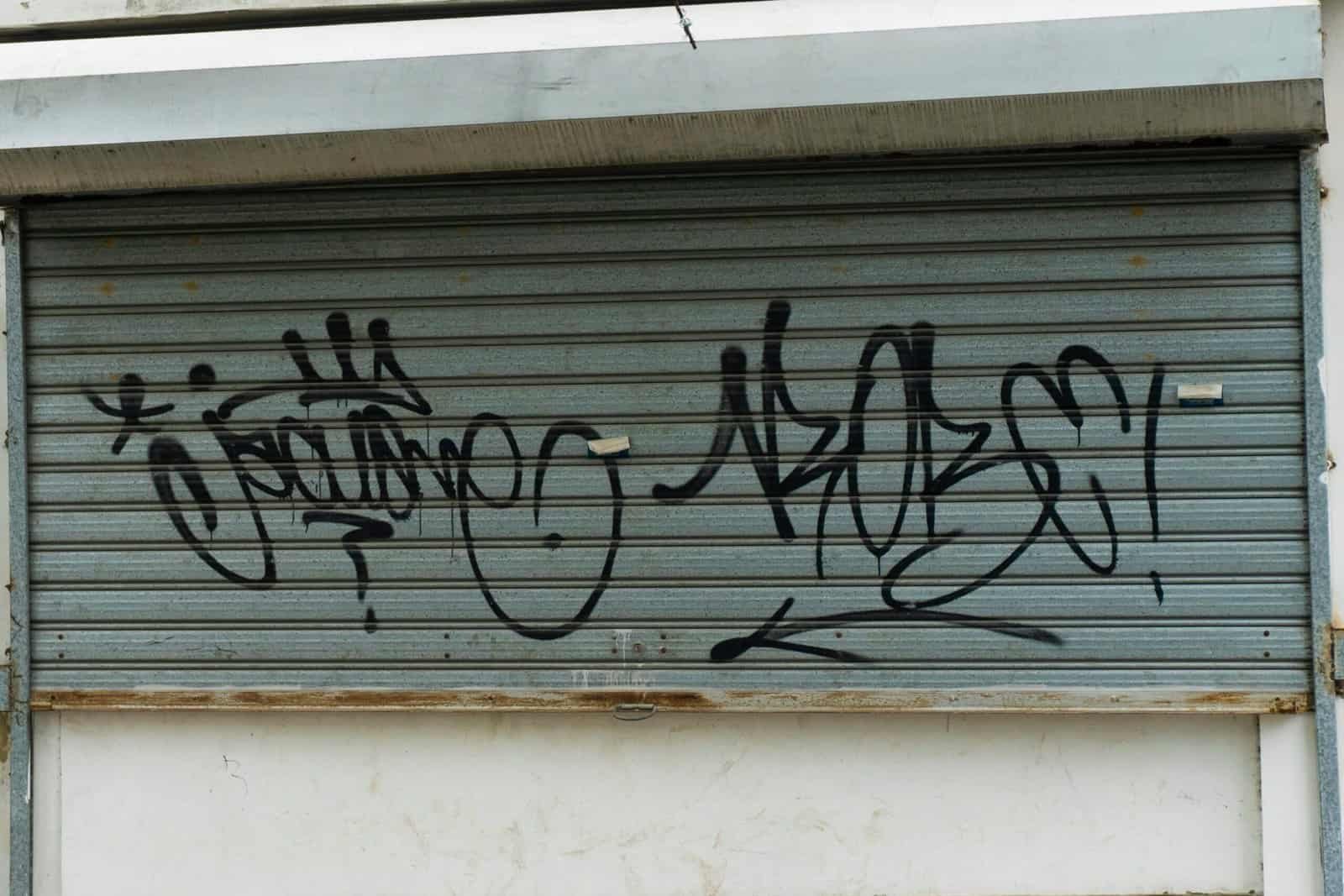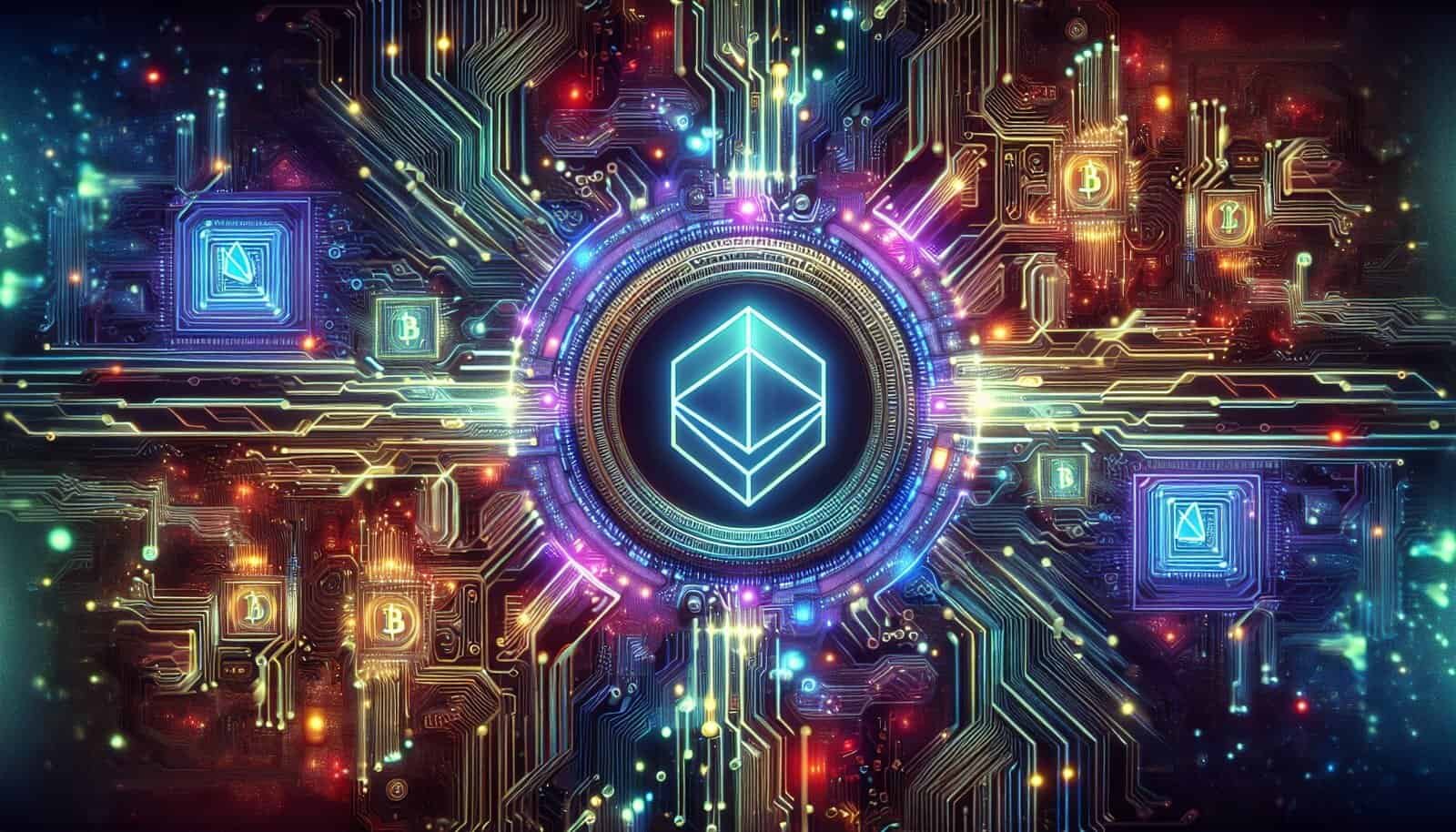Have you ever wondered how the worlds of Non-Fungible Tokens (NFTs) and Decentralized Finance (DeFi) are colliding in innovative ways? In recent years, both NFTs and DeFi have been making waves in the digital landscape, transforming the way we perceive assets and financial systems. When you mix these two buzzworthy concepts, you get NFTfi—a fascinating blend of the digital art marketplace and decentralized financial services. But what does that really mean for you, and how can it impact the way you interact with digital assets or invest in them?

Understanding NFTfi: The Basics
NFTfi stands for the intersection where NFTs meet DeFi. These two components may seem distinct at first, but their combination brings about a new frontier in digital asset management and investment.
What are NFTs?
Non-Fungible Tokens, or NFTs, are unique digital assets that represent ownership of specific items or pieces of content, such as digital art, music, or even virtual real estate. Unlike cryptocurrencies like Bitcoin or Ethereum, which are fungible and hold the same value, each NFT has its own distinct value and characteristics. This uniqueness makes NFTs particularly valuable for artists and creators looking to monetize their digital creations in innovative ways.
What is DeFi?
Decentralized Finance, abbreviated as DeFi, refers to a financial system built on blockchain technology that operates without central financial intermediaries like banks or brokerages. DeFi encompasses a range of applications and services including lending, borrowing, trading, and earning interest on cryptocurrencies.
The Synergy of NFTfi
So, what happens when you blend NFTs with DeFi? The result, NFTfi, is an innovative marketplace where you can leverage your NFT assets in ways previously unimagined. Imagine using your collection of digital art not just as a static asset but as a dynamic one that can generate yield, secure loans, or be traded on decentralized platforms. This creation of liquidity and financial functionality for NFTs opens new doors for asset holders like you.
The Rise of Fractional NFTs
Fractional NFTs play a pivotal role in NFTfi by allowing ownership of a single NFT to be divided among multiple parties. This fractionalization brings both flexibility and accessibility to the marketplace.
What are Fractional NFTs?
When an NFT is “fractionalized,” it is split into smaller portions or shares, enabling multiple people to own a piece of a high-value asset. Think of it like owning a share in a company rather than the whole company itself. Fractional ownership allows art enthusiasts, investors, or collectors to partake in the value of an asset they might not have been able to afford outright.
Benefits of Fractional NFTs
For you, the introduction of fractional NFTs means greater accessibility and liquidity. It democratizes the art and collectibles market by lowering the entry barrier, allowing anyone with even a modest investment capacity to become part of high-value NFT ownership.
Liquidity: Fractional NFTs increase market activity as more participants can engage in buying and selling portions of an NFT.
Accessibility: Smaller investors can afford fractions of expensive digital art, leveling the playing field in the NFT marketplace.
Flexibility: Owners can sell degrees of their share depending on market conditions or personal financial needs.
How NFTfi Affects Your Investment Strategy
NFTfi isn’t just about owning fancy digital art; it’s about making strategic investment decisions that can diversify and grow your portfolio. Here’s why NFTfi should matter in your investment considerations:
Yield Generation
Through DeFi applications, NFT owners can now generate yield from their assets. By placing an NFT in a pool or lending it on specific platforms, you can earn returns without having to sell your asset outright. This ongoing yield can serve as a passive income stream, enhancing the value proposition of NFT ownership.
Collateral for Loans
Need quick cash but don’t want to sell your precious digital art? NFTfi allows you to use your NFTs as collateral to secure loans. Platforms facilitate peer-to-peer lending by connecting borrowers with lenders. If your NFT has value, you could access cash flow without divesting from your digital assets.
Enhanced Trading Options
In the NFTfi ecosystem, newer trading options are emerging, providing you with tools to leverage market fluctuations better. With fractional NFTs, the buy/sell decisions can be tailored to segments of your holdings, offering you a more granular, flexible approach to trading.
Potential Risks in NFTfi
As exciting as NFTfi is, it’s critical to approach it with an informed mindset. Like any investment, there are risks involved when dealing with these digital assets.
Volatility
Both NFTs and cryptocurrencies are known for their volatile nature. Prices can swing dramatically over short periods, which can be an advantage if you time the market wisely, but it also poses significant risk if you’re unprepared.
Smart Contract Risks
NFTfi platforms rely on smart contracts for executing transactions without intermediaries. Although convenient, these smart contracts can have bugs or vulnerabilities. If exploited, it can lead to loss of assets or funds.
Regulatory Challenges
Cryptocurrencies and NFTs are still largely unregulated, and future regulatory changes could impact the value and usability of NFTfi platforms. It’s advisable to stay updated on any policy changes that could affect your investments.

Choosing the Right Platform
When venturing into NFTfi, choosing the right platform is paramount. Different platforms offer various features and fees, so it’s essential to evaluate them based on your specific needs.
Popular NFTfi Platforms
| Platform | Features | Fees |
|---|---|---|
| OpenSea | Wide range of NFTs, easy-to-use interface | Variable gas fee |
| Rarible | Community-owned NFT marketplace | Service fees |
| Zora | Focus on creator royalties, dynamic pricing | No platform fees |
| NFTX | NFT index funds for liquidity and trading | Trading fees |
| Fractional | Enables fractional ownership and trading of NFTs | Variable fees |
These platforms differ in their offerings and fee structures. Researching these options can help you make a more informed choice about where to buy, sell, and manage your NFT assets.
Factors to Consider
Security: Look for platforms with robust security measures and reputable histories.
Fees: Understand the fee structures and how they might affect your returns.
User Experience: Some platforms are more user-friendly, while others cater to advanced users. Choose according to your comfort level.
Community: Engaging platforms often have active communities, fostering both growth and support.
Real-World Applications
NFTfi isn’t just a theoretical concept; it has real-world applications that have already started to transform industries.
Art and Collectibles
Artists and collectors have been among the earliest adopters of NFTfi, leveraging platforms to create liquidity for their digital art and rare collectible items. Fractional ownership allows works of high art to reach broader audiences, altering the traditional dynamics of art sales.
Gaming
Blockchain gaming is a thriving industry where virtual real estate, items, and characters can be tokenized into NFTs. Using NFTfi, gamers can lend or lease their assets in a gaming environment, creating a thriving in-game economy.
Real Estate
Though still in its nascent stages, tokenizing real estate properties as NFTs is a burgeoning sector. NFTfi can democratize property investment by enabling fractional ownership of property NFTs, thus broadening access to the real estate market.

The Future of NFTfi
The potential of NFTfi is vast and unfolding. As blockchain technology evolves and becomes more mainstream, the possibilities for NFTfi grow more extensive and varied.
Increasing Adoption
Mainstream acceptance of blockchain technology by financial institutions, governments, and various industries suggests that the adoption of NFTfi will continue to rise. As more people understand and trust the technology, the integration of NFTfi into daily financial practices will become even more prevalent.
Integration with Other Technologies
The synergy of NFTfi with emerging technologies like artificial intelligence (AI) and augmented reality (AR) could offer new functionalities and enhance user experiences. For example, AI could assist in dynamic valuation models of NFTs, while AR could bring digital art into physical spaces in more interactive ways.
Regulation: A Double-Edged Sword
With increased interest and adoption comes more scrutiny. Regulation could bring stability and protect consumers, but it might also stifle innovation if too restrictive. Staying informed and adaptable is key for investors and users in this evolving space.
Final Thoughts
Embarking on the NFTfi journey can be both exciting and rewarding if you’re equipped with the right knowledge and tools. The combination of NFTs and DeFi not only provides new financial opportunities but also revolutionizes the way digital assets are perceived and used. By understanding the concepts, potential, and risks involved, you can make informed decisions that align with your investment goals. As you navigate this fascinating digital landscape, you’re not just a spectator—you’re a participant in a transformative era of finance and art.
Whether it’s exploring fractional ownership, experimenting with yield generation, or simply understanding this innovative intersection, there’s a wide world of potential at your fingertips. So why not engage with it and see where it might lead you next?

